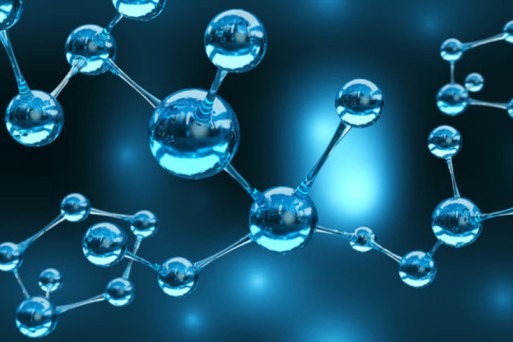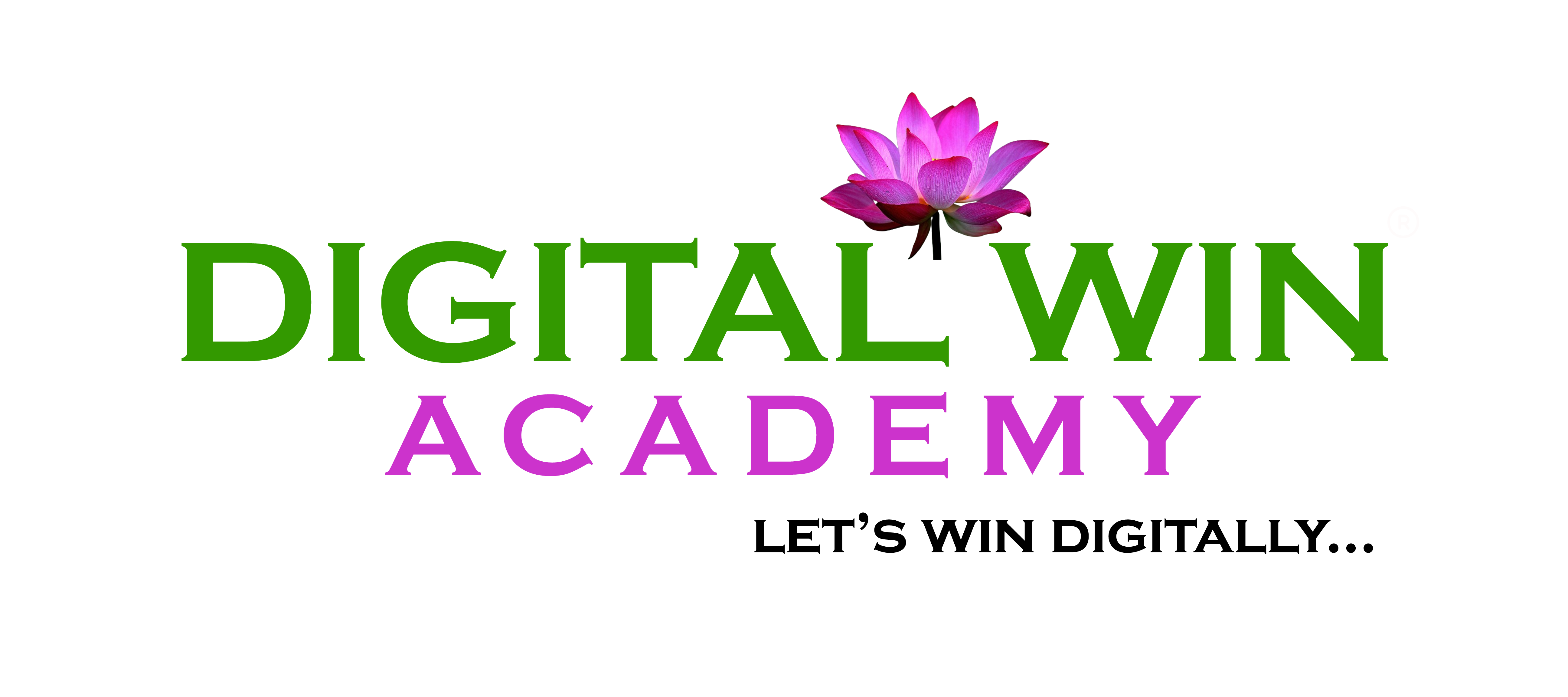The robust life sciences sector is essential to enhancing agriculture, the environment, and human health. With a global market value of over $2 trillion, it is expected to rise dramatically by 2025 due to the rapid development of new technology and an aging population that will require more healthcare. Intelligent technology-enabled connectivity, intelligent AI applications, and patient-focused supply chains will probably define the future of the life sciences. Faster innovation, open medication pricing, and a purpose bigger than profits are what modern life sciences companies expect. In order to survive the present economic downturn, some businesses are digging in. Nonetheless, in order to guarantee that they can satisfy stakeholder expectations, foresee risks, and take advantage of data-driven insights to succeed in the marketplace, executives are reevaluating their operational models.
Importance of Life Sciences Course
Life sciences have an impact on every aspect of our lives, including health care, the environment, and medical advances. They help us grasp life, the cycle of existence, as well as deterioration and illness. Life sciences help us understand how life is related with our surroundings, allowing researchers to combine the most recent advances in academic disciplines with new, enhanced analytical methods from other fields of study. The study of life sciences also enables the development of novel medical technologies, which directly improves human health. Studying the life sciences will give you a solid foundation of scientific knowledge and methods for understanding the world. The life sciences pervade many facets of our existence, including health care, the environment, and discussions concerning stem cell research and genetic testing.
Why choose Life Science Course
Studying biological sciences will give you a solid foundation of scientific knowledge and ways to explore the world. The life sciences pervade many facets of our existence, including health care, the environment, and conflicts over stem cell research and genetic testing. Life Sciences also allows for a grasp of the environment and the other living species with which we share the planet. This understanding informs conservation efforts and aids in the preservation of our shared planet.
Career Growth Life Science Course

Data analysis is one of the finest jobs that will be in demand in 2030, with job vacancies expected to expand by 23% between 2022 and 2032, according to the US Bureau of Labor Statistics. In actuality, one of the most in-demand jobs in the US is that of a data scientist. The discovery and management of information, goods, and procedures related to living things are the main goals of the career field of life science. Jobs in this field that use technology and science to improve lives could include sales, laboratory/field work, and research and development.
CURRICULUM
Fundamentals of Life Sciences
- Overview of Biology
- Structure and Function of Cells
- Heredity and Genetics
- Natural Selection and Evolution
- Fundamentals of Ecosystems and Ecology
Human Anatomy and Physiology
- An Overview of the Systems in the Human Body
- Brain Function and the Nervous System
- The respiratory and cardiovascular systems
- Systems of Digestion and Excretion
- Musculoskeletal Structure and Function
Microbiology and Biotechnology
- Microbiological Life and Variability
- Human Illness and Pathogens
- Immunology Fundamentals
- Methods of Genetic Engineering
- Biotechnology Uses in Medicine
Environmental and Applied Life Sciences
- Ecology and Conservation Principles
- Human Activity's Effect on the Environment
- Renewable Resources and Sustainable Practices
- Developments in Agronomic Biotechnology
- Waste Management and Environmental Biotechnology






